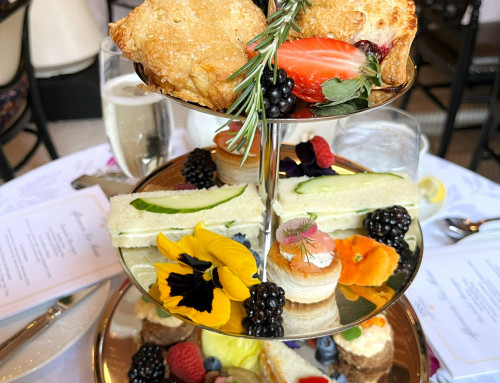We are happy to have as a guest contributor, Chet Domitz– a contemporary art expert from Hammond Harkins Gallery in Columbus, Ohio- share his thoughts on the 2013 Carnegie International.
“The Carnegie International 2013: The World’s a Playground”
The Carnegie International at the Carnegie Museum of Art in Pittsburgh is the premier survey of contemporary art in the United States. Originating in 1896, it was the first of its kind in this country and second in the world. It occurs every three to five years with a changing theme depending on the curators for that particular installment. The 2013 Carnegie International, the show’s 56th, is currently on view and includes works by 35 artists from 19 countries. The theme is “play,” how it shapes our experiences, contributes to societal development, and serves a potential resource for betterment in an ever-changing, increasingly integrated world. Sub-themes address, among other things, utopian aspirations, transformation, and the human condition.
Joel Sternfeld, Pedro Reyes, and Nicole Eisenman, all of whom have work on display in the museum’s two-story Hall of Sculpture (a reproduction of the interior of the Parthenon), represent, respectively, New York, Mexico, and Los Angeles. Sternfeld’s photos document sites and/or people associated with utopian projects. Each photo is paired with an explanatory text and identifies a single utopian project that either failed or exists today in a particular stage of development or decay. Straight forward and informative, Sternfeld’s work ultimately suggests the futileness of such attempts. The musical sculptures of Reyes offer a different viewpoint. Assembled from guns and other weapons confiscated off the streets of Mexico, they play beats and tunes individually, seemingly at random in between large pauses (like reports from a gun), with an eventual “ensemble.” Rather than menacing, the effect is playful, and the work’s message hopeful. As the gallery guide states, Reyes’s intention was to turn “agents of death” into “instruments of life.” However, a shadow looms over Reyes’s installation with the knowledge that many of the weapons used may have actually taken lives.
Eisenman won the 2013 Carnegie Prize, an award of sorts for ‘Best of Show,’ and is represented by both painting and sculpture. Eisenman’s paintings address grand themes, including sex and death, and are at times juvenile and debased. One painting shows a Teenage Mutant Ninja Turtle reading a rejection letter; another depicts a pantless male figure wearing a T-shirt with an arrow pointing down between his legs and the message “I’m with stupid.” Looking for all the world like bad painting, they are, in turn, pathetically and sympathetically human. Eisenman’s sculptures line the balustrade and alternate with the Hall of Sculpture’s reproductions of classical statuary. Melancholic embodiments in human form, they are ghostly and archetypal. One sits on a plinth looking down at Reyes’s sculptures and seems to wonder if hope is futile. This figure, which has a nose like a Proboscis Monkey and appears to hold an iPhone, is a contemporary version of Rodin’s Thinker.
Another knockout work is by the artist Wade Guyton of New York. If a work of art could be a sonic boom, Guyton’s is it. His large, minimal “paintings,” which were made using flatbed scanners and inkjet printers, are installed in the Carnegie’s coatroom, which was emptied for his use. Markings on the walls indicating where lockers had been painted around are part of the installation, as are two sofas from the artist’s studio. (Other works by Guyton on display in the museum’s Founder’s Room are available to the general public during specified hours.) Other highlights include works by Lara Favaretto (Italy) and Phyllida Barlow (England). Send-ups of the sanctimonious cube of proportion and order, Favaretto’s large cubes of compacted colored confetti slowly disintegrate during the course of the exhibition. The last work one experiences at the 2013 International will likely also have been the first. At the Forbes Avenue entrance to the Carnegie is Barlow’s TIP. It is a large, imposing construction made of, among other things, steel mesh, cement, and colorful fabric streamers. It is a parade and an imposition that announces the International and also extends back into the world.
Also worth mentioning are the “The Playground Project,” an informative installation that traces the development of the playground as a public space, and the re-installation of the museum’s galleries to feature works acquired from previous Internationals. For an enjoyable lesson in contemporary art and an experience of the world, check out this topnotch exhibition.
The 2013 Carnegie International is on view through March 16, 2014.
Below are some resources for planning your trip to Pittsburgh or let Wanderlust Tours customize a Tour d’Art of the Steel City.
The Carnegie Museum of Natural History







Leave A Comment